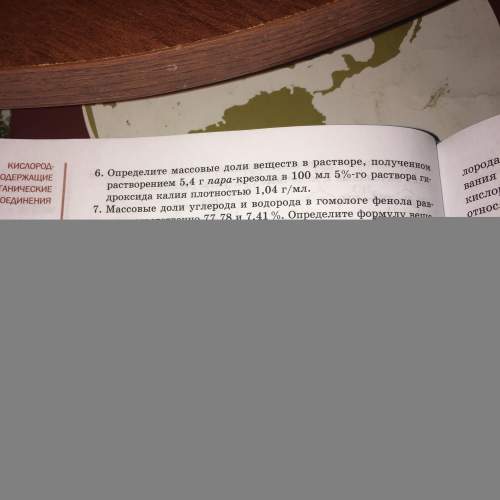
Chemistry, 24.04.2020 22:09 burntquesadilla
Given the equations A, B, C, and D:
(A) AgNO3 + NaCl → AgCl + NaNO3
(B) Cl2 + H2O → HClO + HCl
(C) CuO + CO → CO2 + Cu
(D) NaOH + HCl → NaCl + H2O
Which two equations represent redox reactions?

Answers: 2


Other questions on the subject: Chemistry


Chemistry, 21.06.2019 17:00, jmanrules200
What is the empirical formula of vanadium 1 oxide given that 20.38 grams of vandium combines with oxygen to form 23.58 grams of the oxide
Answers: 1

Chemistry, 22.06.2019 03:10, lilque6112
Between 2014 and 2016, more than 25,000 children in flint, michigan, drank water that was contaminated with lead from lead pipes. during this time, the city claimed the water was safe to drink. which of these actions could the city have taken to ensure that the drinking water was free from lead?
Answers: 3
You know the right answer?
Given the equations A, B, C, and D:
(A) AgNO3 + NaCl → AgCl + NaNO3
(B) Cl2 + H2O...
(A) AgNO3 + NaCl → AgCl + NaNO3
(B) Cl2 + H2O...
Questions in other subjects:

Social Studies, 27.08.2020 20:01

Mathematics, 27.08.2020 20:01


Mathematics, 27.08.2020 20:01




Biology, 27.08.2020 20:01

Business, 27.08.2020 20:01




